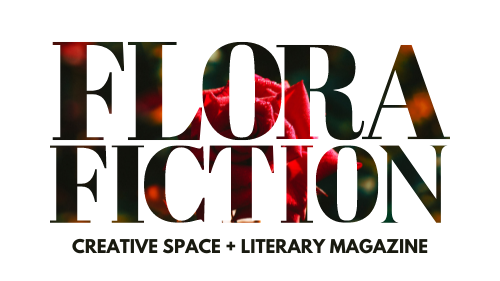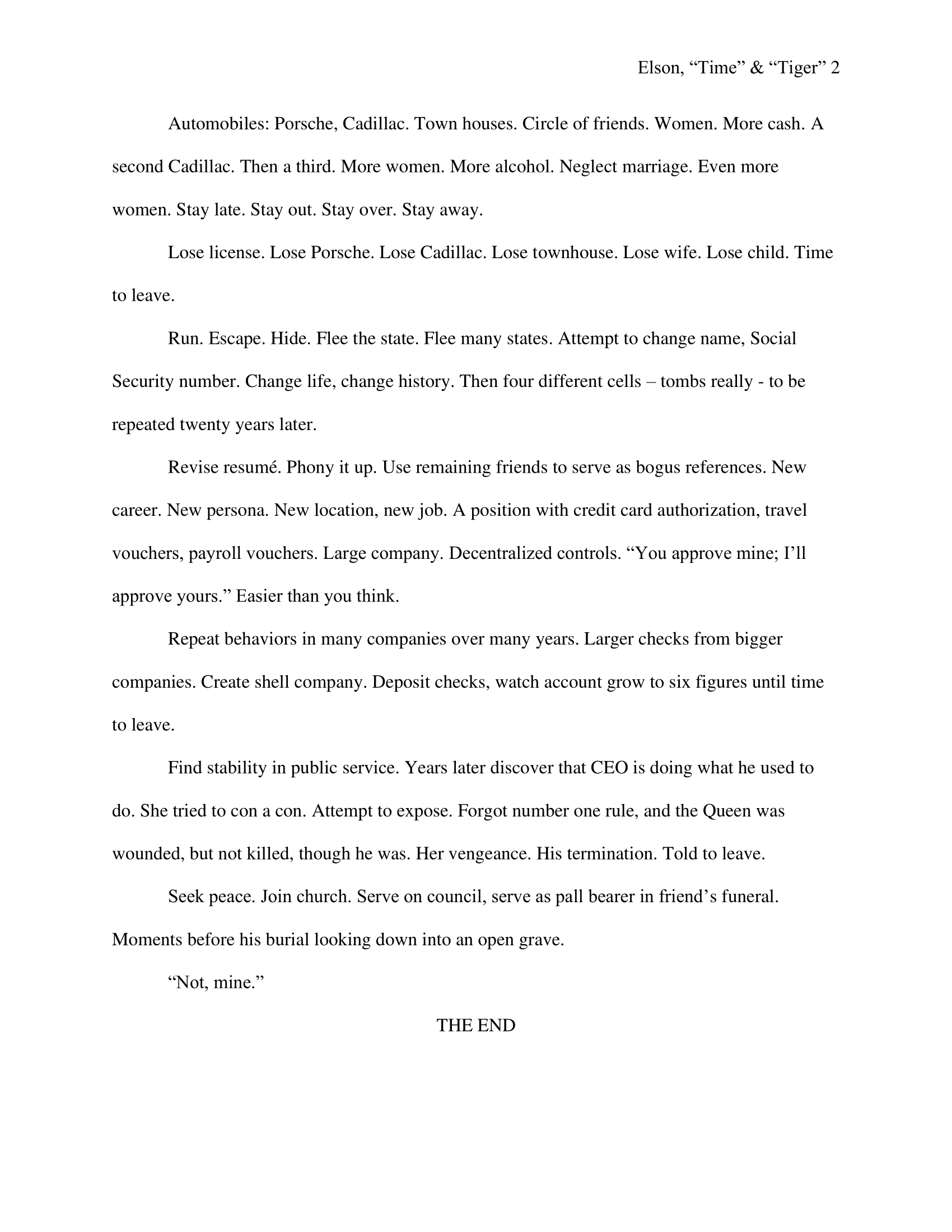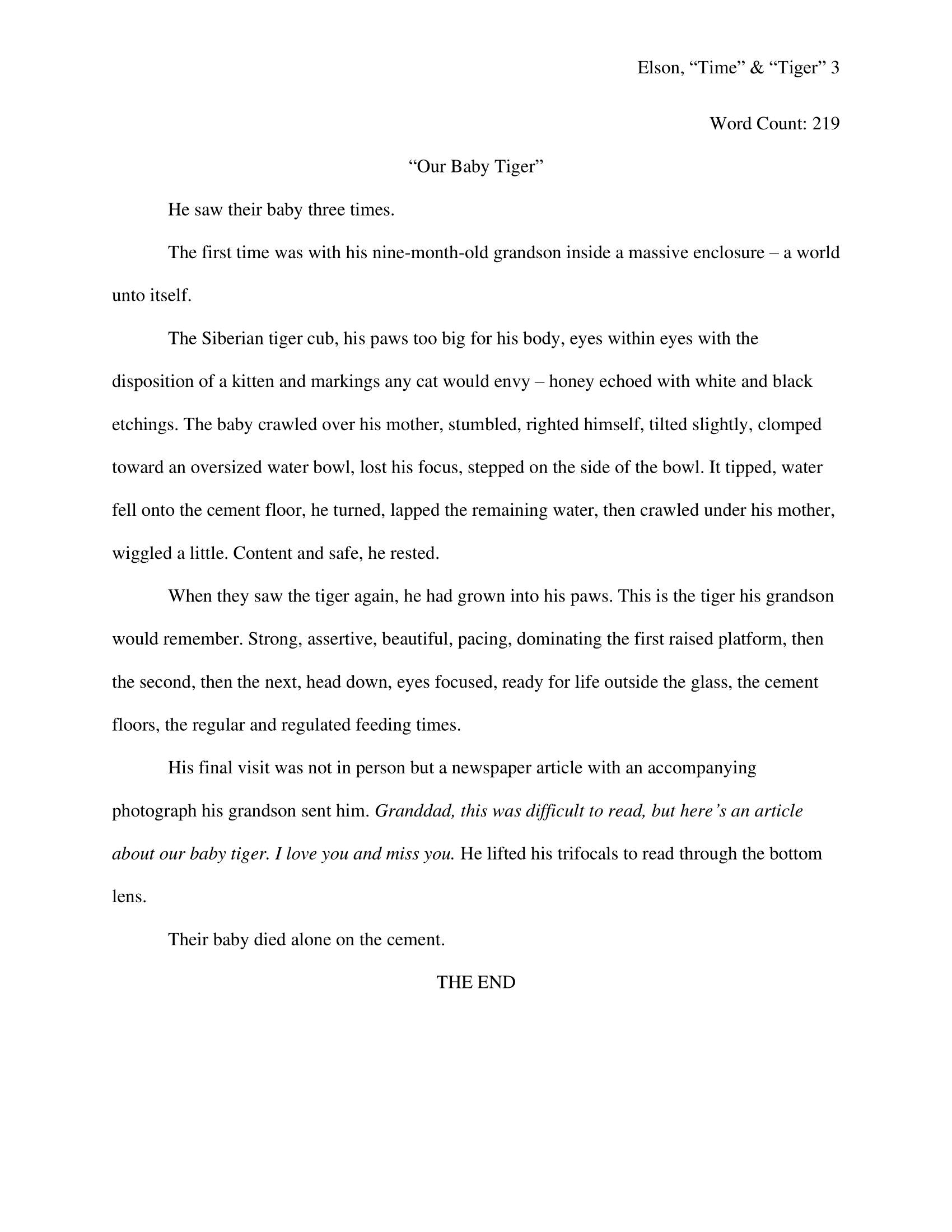Your cart is currently empty!
Formatting your work for submission is what allows your writing to be readable. If your material isn’t formatted correctly, it can be difficult to read, and when editors are faced with dozens of content to sift through, you may not stand out in the way you want to. Here, we’re specifically speaking about Poetry and Short Story submissions.
Preferred file type
Microsoft Word will always be the best way to submit. We’re talking documents with the extension .doc or .docx. PDF format is acceptable but may not translate to edit and publication as well. Avoid sending anything in Pages or TXT format.
File Name
This is so simple, yet many people often overlook. Unless specifically stated otherwise, always include your name as the author and the name of the work you are submitting, separating your name and the name of the work with a comma. For example, your file name should look like, “Jane Doe, Titled Work.” Do not CAPS your file name, it’s unnecessary.
Header & Footer
In your Microsoft Word program, under “Header & Footer” check the box, “Different on First Page” before you do anything. Align your text to the left, and include the following: your name, title of your work, what you’re submitting for, and the date. Next, close the header. Align text to the right and add the word count. On the second page of your submission (if there is one) include your last name, name of work, and page number in the top right corner.
Font & Spacing
12 pt, Times New Roman is the accepted standard. Courier New is still adequate, but no other font should be considered. Double space if you’re submitting Fiction. Single space if submitting poetry. If you’re submitting more than one piece make clear distinction to where and when each piece ends.
Content
The most important part of your submission. Avoid using frivolous spacing, font, or sizes. Stay within parameters. Spell check and read aloud. Too often do editors receive works that have incorrect capitalization, grammar, and misuse of punctuation.
Commonly found mistakes
- Emdash “—” or “–” is not the same as ” – ” the emdash is used informally as a comma, colon, parathesis, or to indicate missing parts of a word, or spaces. While the emdash is an effective form of punctuation, especially for emphasis, it is often overused in writing. Ideally, it should only be seen once, or twice in a piece of work, and substituted if a better form of punctuation suits the passage better.
- Ellipses “…” shows a trailing off of thought or formally, when material is quoted. This, too, should be used sparingly.
- Exclamation point “!” must be used in moderation. We’ve seen far too many stories and poems that has an exclamation point after every sentence. Use this as little as possible and substitute it for a simple period “.” at every available chance.
- Terms of dialogue. Always use a variation of “says.” Don’t try to embellish the conversation with other verbs such as “mumbles,” “murmurs,” “exacerbates,” “whispers,” etc. Let the dialogue literally speak for itself, and use an action instead. For example, “Don’t tell me what to do,” she says, raising her hand back behind her face for a smack.
- Word count. Always stay within the guidelines of preferred word count. Never go over.
Beyond these basics, be sure to brush up on active vs. passive writing, showing vs. telling, and keep your thoughts clear and concise. Below is an example of a properly formatted submission.
2 responses to “Formatting Your Writing for Submission”
-
Vow! I found this post very helpful. Thank you for sharing.
-
This is a great post 🙂





Comment